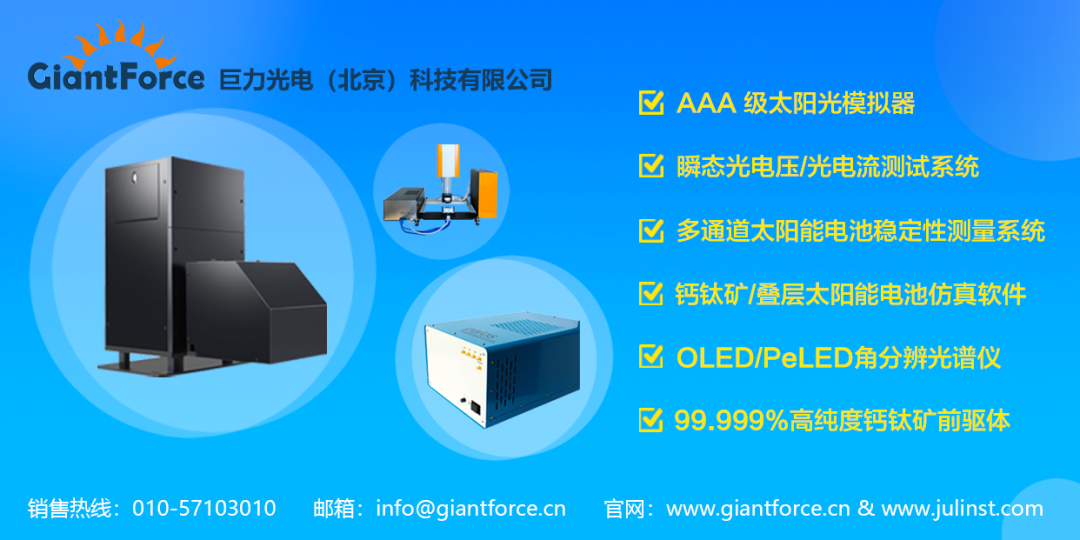



Main Content

Tin-based perovskite materials are regarded as a brilliant new star in the field of perovskite solar cells (PSCs) due to their excellent performance and lead-free environmental characteristics. However, despite significant achievements in bulk material optimization, the interfacial issues between tin-based perovskite and the charge transport layer remain a key factor limiting further enhancement of device performance. To address this challenge, Professor Wang Hongqiang, Professor Tong Yu, and Professor Wang Kun from the School of Materials at Northwestern Polytechnical University led their research team to cleverly introduce piperazine dihydroiodide (PDI) and ferrocene (Fc) at the tin-based perovskite/C₆₀ interface, successfully optimizing the interfacial charge transport characteristics.
Specifically, the PD+ in the PDI molecules interacts with formamidinium ions (FA+) at the interface to form a synergistic interfacial dipole, while the Fc molecules achieve a close connection with C₆₀ molecules through π–π conjugation. These effects work synergistically to significantly enhance the electron extraction efficiency at the tin-based perovskite/C₆₀ interface and effectively reduce energy loss. Consequently, the power conversion efficiency (PCE) of tin-based PSCs was dramatically increased from 10.62% to 13.65%, while the stability of the devices was also significantly improved.
This research not only reveals the critical role of synergistic interfacial regulation in tin-based PSCs but also provides new ideas and directions for achieving efficient and environmentally friendly perovskite photovoltaic technology. The innovative results of Professor Wang Hongqiang, Professor Tong Yu, and Professor Wang Kun and their team will undoubtedly lay a solid foundation for the future application of tin-based PSCs and promote the continuous development of perovskite solar cell technology.
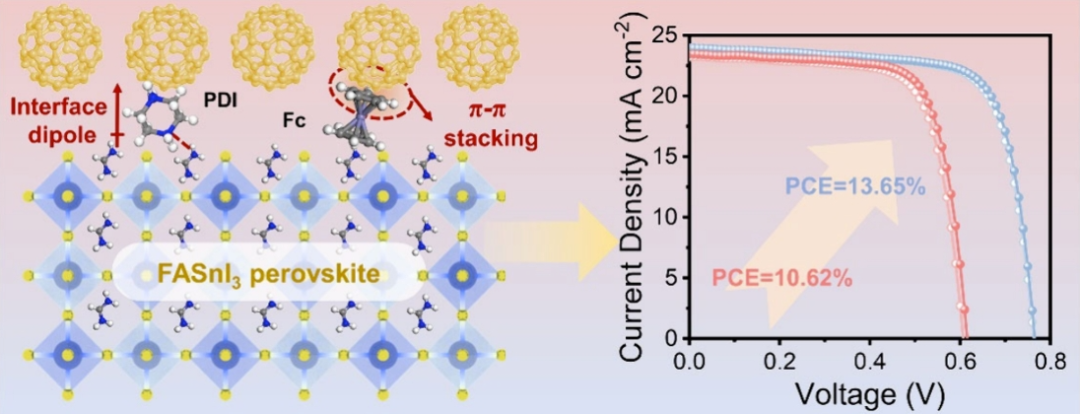

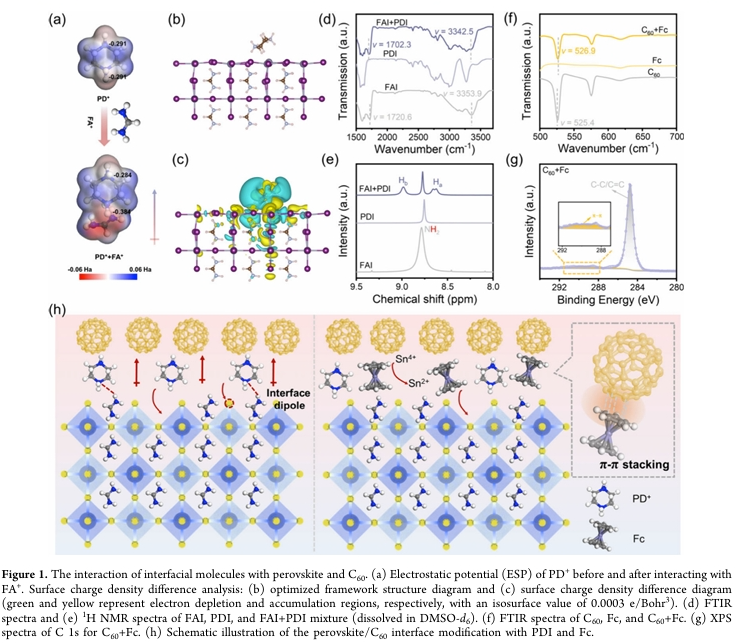

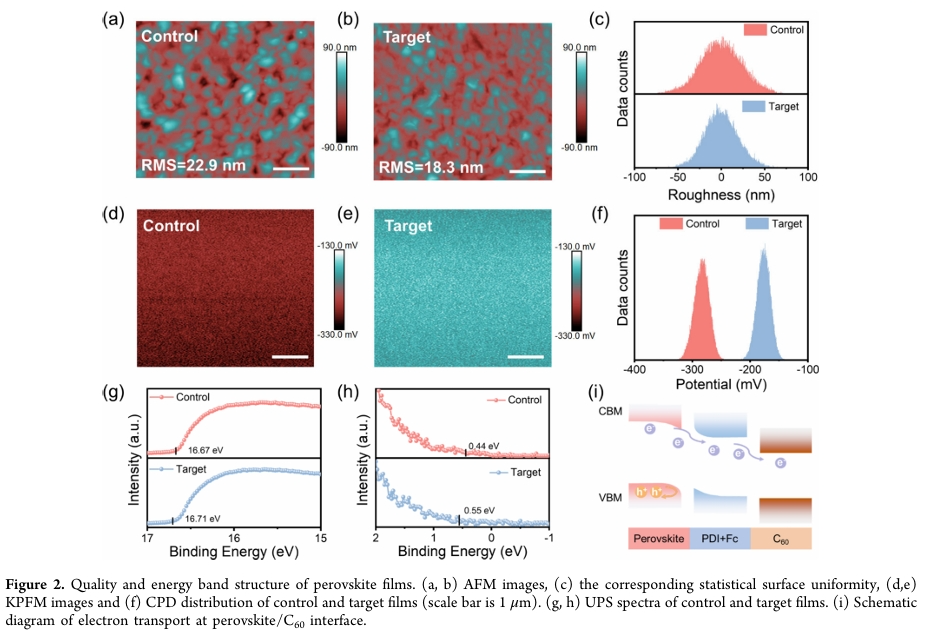
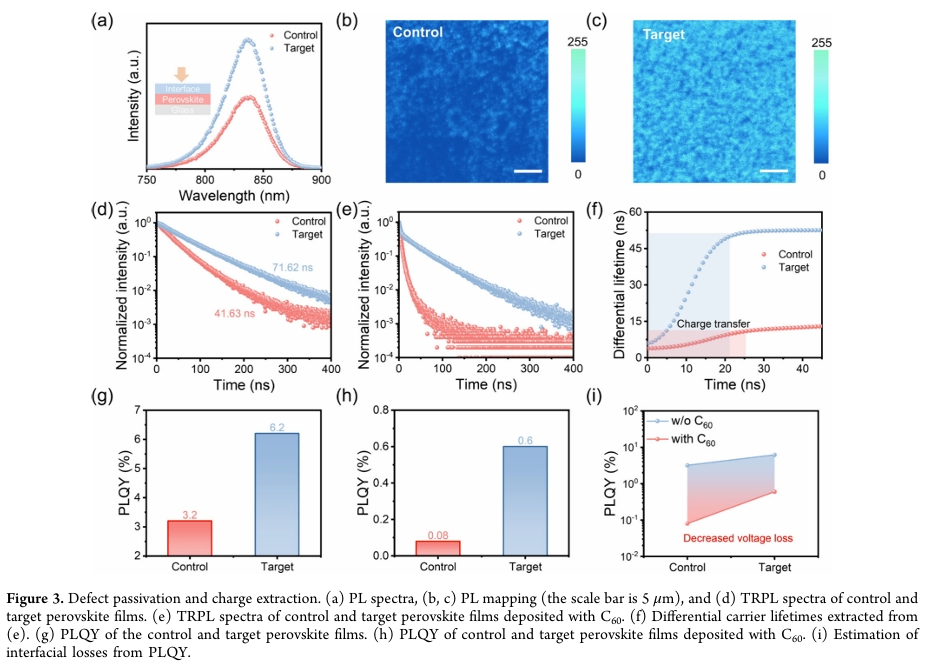
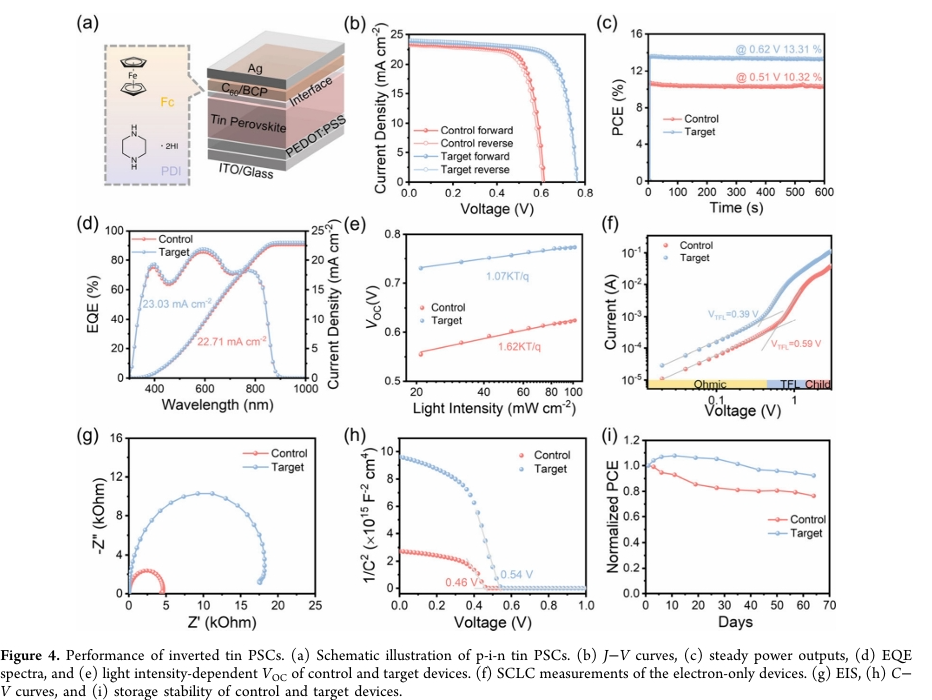






Reference Information:
Synergistic Interfacial Dipole and π-Conjugation Effects Enable Efficient Tin Perovskite Solar Cells
Feng Yang,Kun Wang,Yang Yang,Yali Chen,Ziyong Kang,Tianxiang Li,Riming Sun,Yu Tong,Hongqiang Wang
https://pubs.acs.org/doi/10.1021/acs.nanolett.5c01498


– For product inquiries and purchases, please contact us –
Disclaimer: The above information is sourced from the internet or published literature. This public account shares and reprints the content but does not provide any express or implied guarantees regarding the accuracy and completeness of the viewpoints, data, and conclusions contained herein. The content is for reference only. If there is any infringement, please contact us for timely deletion.




